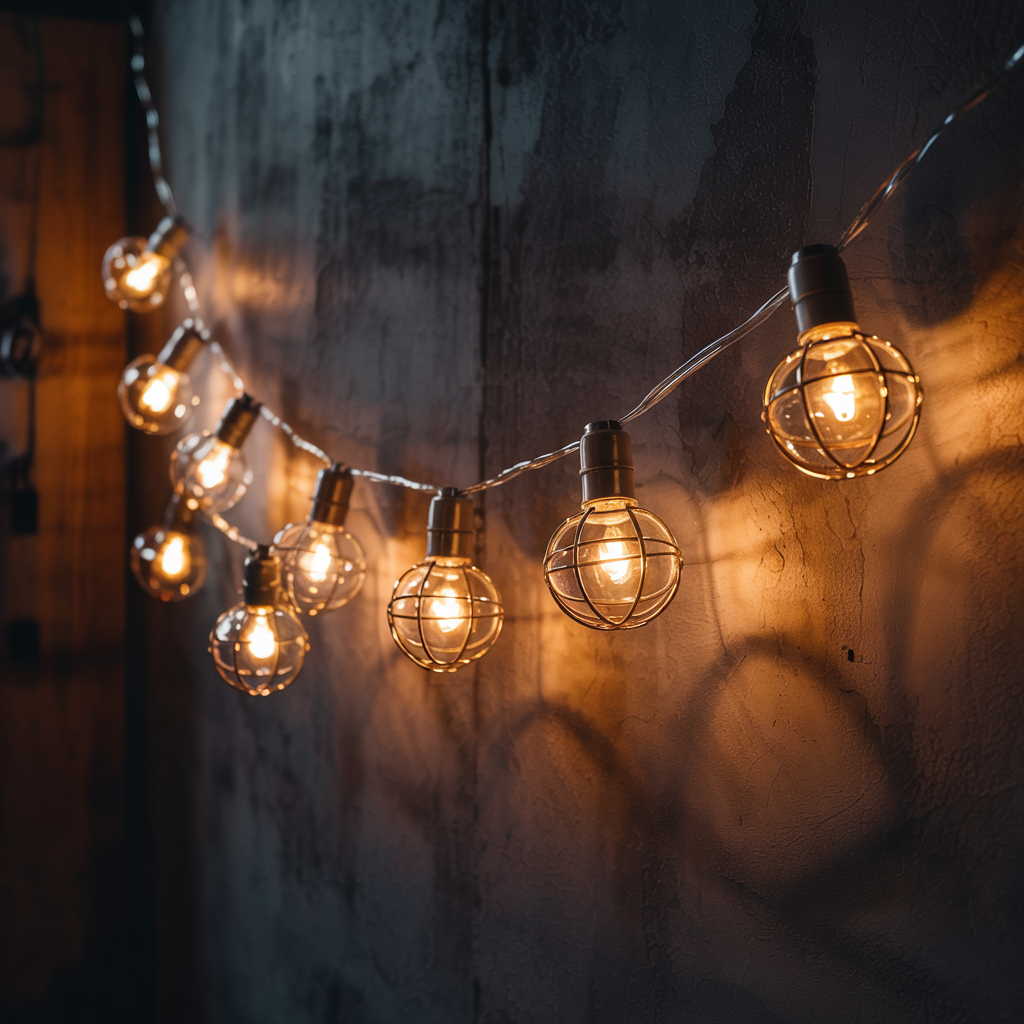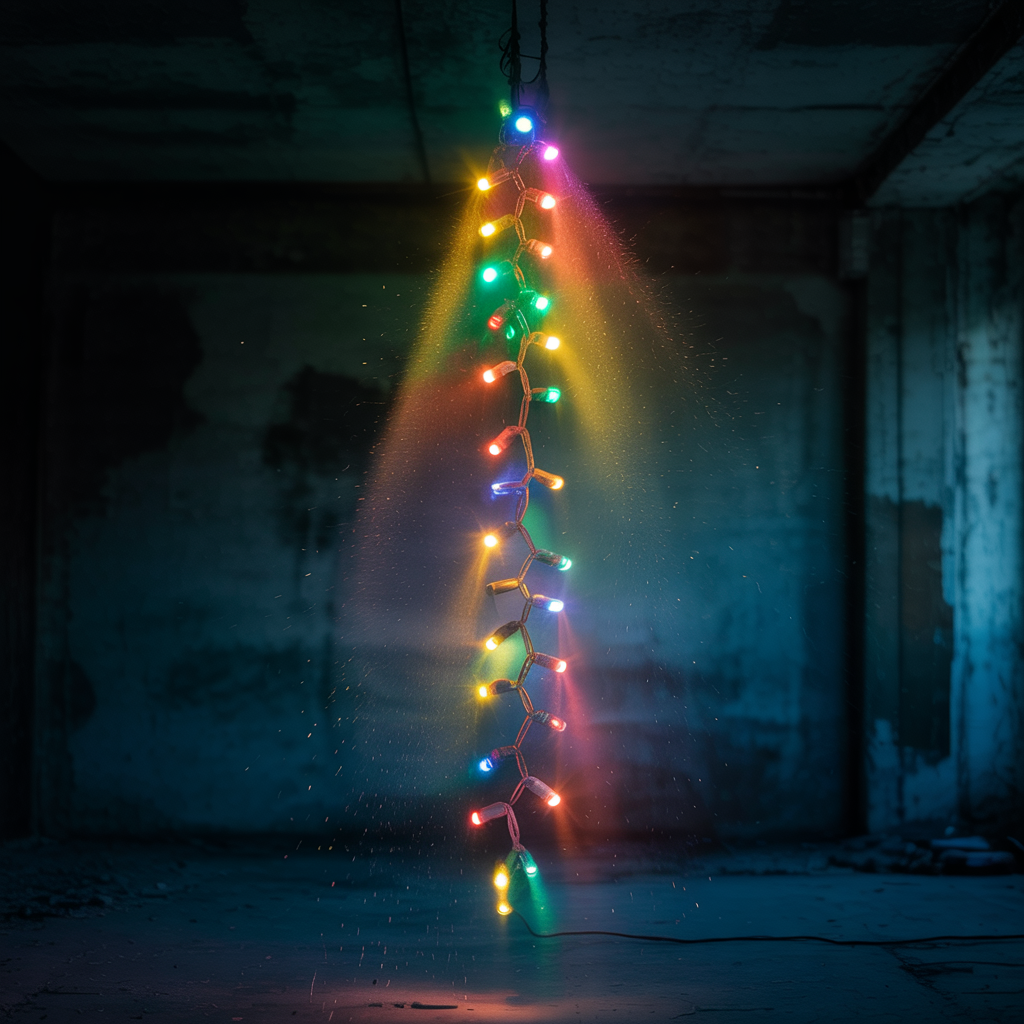Are Flickering LED Lights Dangerous? Are They A Health Hazard?
Have you ever noticed your LED lights flickering? It can be annoying, but is it something to worry about? Are flickering LED lights dangerous? This comprehensive guide will explore the potential health risks associated with flickering LED lights, delve into the science behind the phenomenon, and offer practical solutions to address the issue. We’ll examine…
Have you ever noticed your LED lights flickering? It can be annoying, but is it something to worry about? Are flickering LED lights dangerous? This comprehensive guide will explore the potential health risks associated with flickering LED lights, delve into the science behind the phenomenon, and offer practical solutions to address the issue. We’ll examine the different causes of flickering, the potential effects on your health and wellbeing, and how to troubleshoot and fix the problem. You’ll gain a complete understanding of this common issue and learn how to protect yourself and your family.
Are flickering LED lights dangerous? Flickering LED lights can be dangerous if the flicker is frequent or intense. They may cause eye strain, headaches, or worsen symptoms in people with light sensitivity or neurological conditions. While not directly hazardous, persistent flicker often signals electrical or driver issues that should be checked and resolved promptly.
some cases, the issue might stem from the LED driver itself, the component that regulates the power supply to the LEDs. A failing driver might cause inconsistent power delivery, resulting in noticeable flickering. Finally, low-quality LEDs or incompatible components can also contribute to this issue.
Are Flickering LED Lights Dangerous?
It is true that flickering LED lights are dangerous. However, keep reading to get scientific answer without any doubts.
The Science Behind Flickering LEDs

Frequency and Human Perception
The human eye can detect light flicker at certain frequencies. Flickering below the critical flicker fusion frequency (CFF) is perceptible and can lead to eye strain, headaches, and even seizures in susceptible individuals. The CFF varies depending on factors such as light intensity and individual sensitivity. Some individuals are more sensitive to flicker than others, making them more vulnerable to the potential negative health effects.
Read More: How to Wire LED Stripe Lights? A Comprehensive Guide
Health Effects of Flickering LED Lights
Eye Strain and Headaches
Prolonged exposure to flickering LED lights can contribute to eye strain, headaches, and migraines. The constant adjustment your eyes make to the fluctuating light levels can cause fatigue and discomfort. This is particularly true if the flickering is rapid and intense.
Photosensitive Epilepsy
For individuals with photosensitive epilepsy, flickering lights can trigger seizures. The sensitivity varies greatly between individuals, but exposure to flickering light should be avoided. This condition underlines the importance of addressing flickering promptly and reducing exposure for vulnerable individuals.
Other Potential Health Concerns
While the most commonly reported health effects are eye strain and headaches, some research suggests potential links between flickering lights and other health issues, such as sleep disturbances and increased stress levels. However, more research is needed to confirm these connections definitively.
Read More: How to Recycle LED Light Bulbs? (A Complete Discussion)
Identifying the Source of the Flicker

Troubleshooting Steps for Flickering LEDs
Before calling an electrician, try some basic troubleshooting. Check all connections to ensure they are secure. Try replacing the light bulb with a new one to rule out a faulty LED. If you’re using a dimmer switch, try turning it off and on or replacing it entirely. If the flickering persists, professional help might be necessary.
Read More: 15 Exposed Basement Ceiling Lighting Ideas That Transform Your Space
Solutions for Flickering LED Lights
Replacing Faulty Components
If you’ve identified a faulty component, replacing it is often the most straightforward solution. Replacing a loose bulb, faulty dimmer switch, or damaged LED driver can quickly resolve the issue. Using high-quality components is crucial in preventing future problems.
Preventing Future Flickering
Choosing High-Quality LEDs and Drivers
Investing in high-quality LED bulbs and drivers can significantly reduce the likelihood of flickering. Look for reputable brands with good customer reviews and warranties. Higher quality components usually have better build quality and superior electronic components reducing failure rates.
Comparing LED Lights: Flicker-Free Options

Dimmable vs. Non-Dimmable LEDs
Dimmable LEDs are designed to work with dimmer switches, while non-dimmable ones are not. Using a non-dimmable LED with a dimmer switch can often cause flickering. Always ensure compatibility between your LEDs and dimmer switches.
The Role of Electrical Wiring
Proper Wiring and Electrical Systems
Faulty wiring can also cause flickering. If you suspect a wiring problem, it’s best to consult a qualified electrician to diagnose and repair the issue. Improper wiring can lead to safety hazards beyond just flickering lights.
Cost Considerations
Replacing Lights vs. Fixing Wiring
The cost of resolving flickering can vary depending on the cause. Replacing a single bulb is inexpensive. However, fixing faulty wiring or replacing an electrical panel can be significantly more costly. Prioritizing preventative maintenance can save money in the long run.
Safety Precautions
When to Call an Electrician
If you’ve tried basic troubleshooting and the flickering persists, or if you’re uncomfortable working with electrical systems, it’s essential to contact a qualified electrician. Electrical work should only be done by trained professionals.
Long-Term Effects of Exposure to Flickering Lights
Cumulative Effects on Health
While short-term exposure might cause minor discomfort, long-term exposure to flickering lights could have cumulative negative health effects. Addressing the problem promptly is crucial to mitigate potential long-term issues.
Alternative Lighting Options
Exploring Other Lighting Solutions
If flickering persists despite troubleshooting, consider alternative lighting options. Exploring different types of lighting technology might provide a flicker-free solution.
Frequently Asked Questions
What are the most common causes of LED light flickering?
The most common causes are loose connections, faulty dimmer switches, problems with the electrical wiring, a malfunctioning LED driver, or low-quality LEDs.
Is flickering LED light harmful to my eyes?
Yes, prolonged exposure can lead to eye strain, headaches, and even migraines. For individuals with photosensitive epilepsy, it can trigger seizures.
Can I fix flickering LED lights myself?
Often, yes. Check connections, replace the bulb, or try a different dimmer switch. However, if the problem persists, contact a qualified electrician.
What are some preventative measures against flickering LEDs?
Use high-quality LEDs and drivers, ensure proper wiring, and choose dimmable LEDs if you plan to use a dimmer switch.
How much does it typically cost to fix flickering LED lights?
Costs vary drastically. Replacing a bulb is cheap, while rewiring could be expensive.
Are all LED lights prone to flickering?
No, high-quality LEDs from reputable brands are less prone to flickering.
Is there a specific frequency of flickering that is most dangerous?
Frequencies below the critical flicker fusion frequency (CFF) are most perceptible and potentially harmful, varying by individual sensitivity.
Final Thoughts
While flickering LED lights are often a minor annoyance, they can pose potential health risks, especially for sensitive individuals. By understanding the causes, troubleshooting effectively, and choosing high-quality products, you can minimize the likelihood of experiencing this issue. If the flickering persists despite your efforts, remember to consult a qualified electrician to address any potential underlying electrical problems. Don’t let flickering lights compromise your comfort and well-being—take proactive steps to ensure your lighting system provides a safe and pleasant environment.

